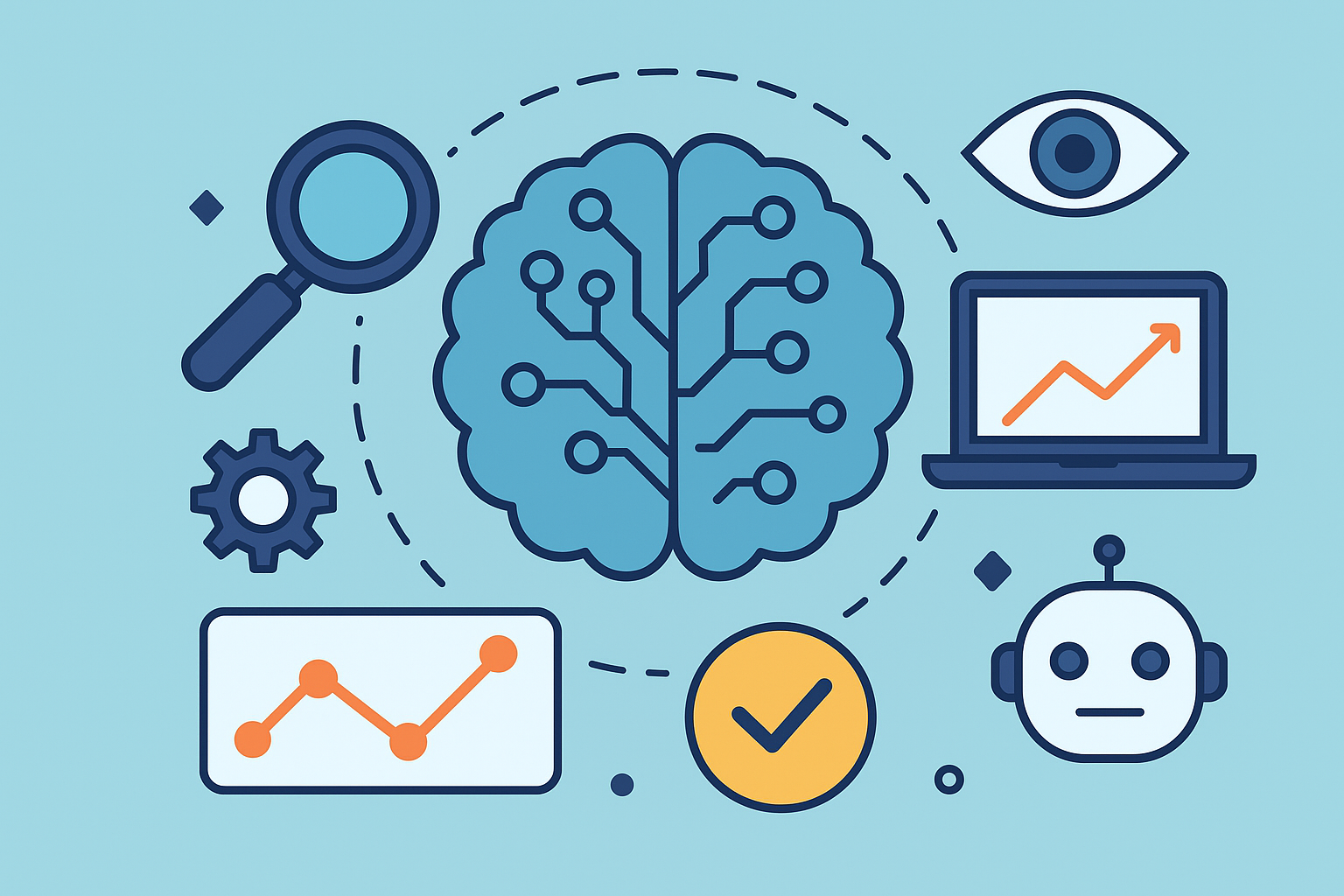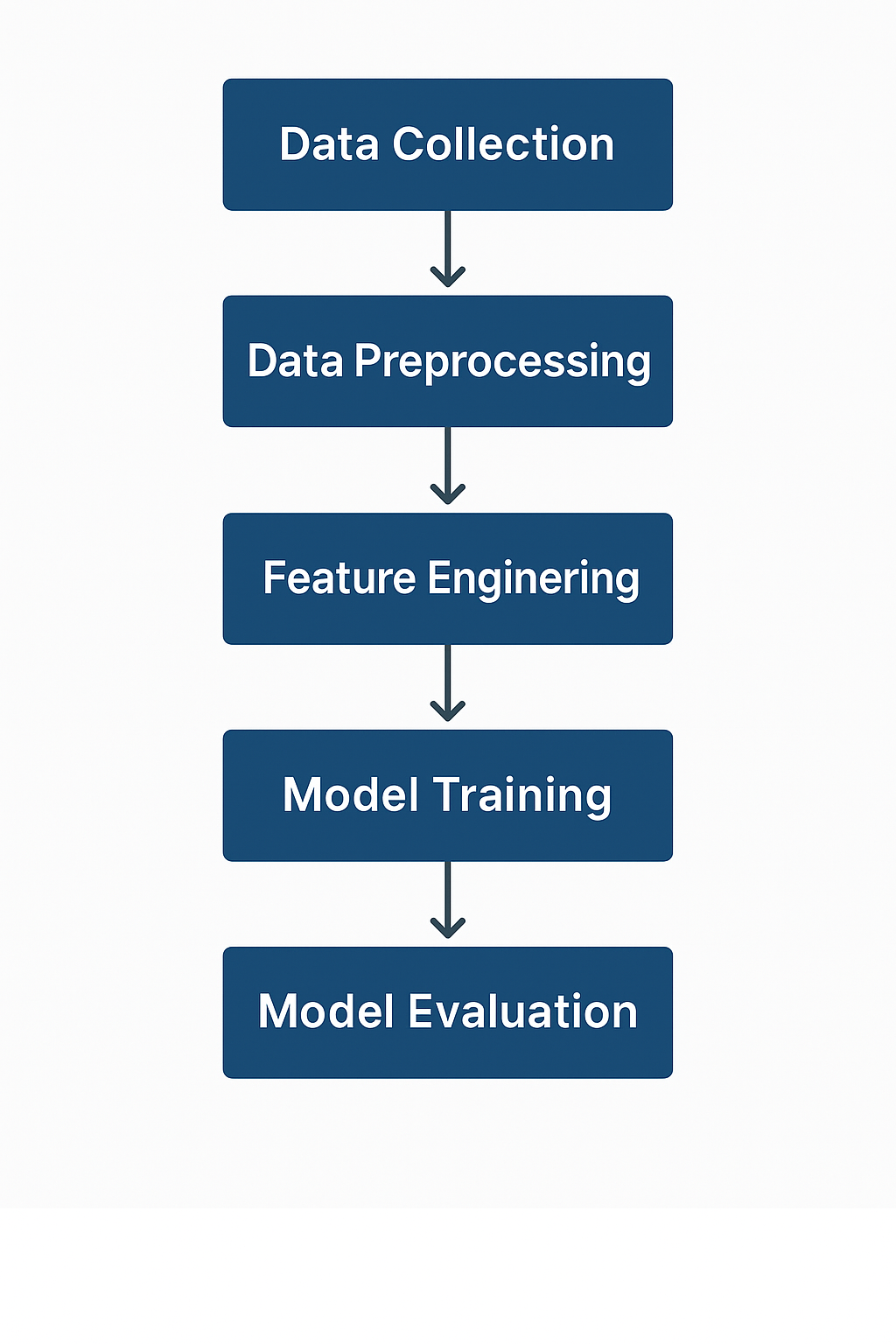
Introduction to Machine Learning
Machine Learning (ML) is a subset of artificial intelligence enabling systems to learn from data and improve tasks without explicit programming. ML algorithms identify patterns in data, build predictive models, and can be applied to diverse domains—from image recognition to language translation and autonomous systems.
 OpenPath
OpenPath
